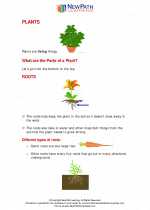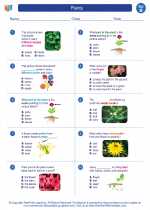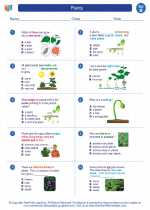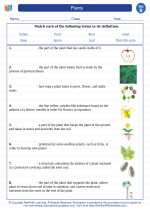Margins in Science
In science, margins refer to the boundaries or edges of an object, organism, or geographical feature. Understanding margins is important in various scientific disciplines including biology, geography, and geology.
Biology
In biology, margins are often used to describe the edges of leaves, petals, or other plant parts. The shape and characteristics of these margins can provide important clues for identifying different plant species. For example, a leaf with smooth margins has a different biological function and evolutionary adaptation compared to a leaf with serrated or toothed margins.
Geography
In geography, margins can refer to the boundaries of landforms such as coastlines, rivers, or glaciers. The study of these margins helps geographers understand erosion, sedimentation, and the impact of natural forces on the Earth's surface. For example, analyzing the margins of a glacier can provide insights into its movement and the formation of glacial features.
Geology
In geology, margins are crucial for understanding the boundaries between different layers of rock, tectonic plates, and geological formations. The margins between tectonic plates, for instance, are where earthquakes and volcanic activity often occur, making them significant areas of study for geologists.
Study Guide
To better understand the concept of margins in science, here are some key points to focus on:
- Identify and describe different types of margins in plants, landforms, and geological formations.
- Discuss the ecological and environmental significance of studying margins in various scientific disciplines.
- Examine the role of margins in natural processes such as erosion, sedimentation, and tectonic activity.
- Compare and contrast the margins of different geographical features and their implications for scientific research and understanding.
By studying margins in science, we gain a deeper understanding of the intricate and interconnected systems that shape the natural world.
.◂Science Worksheets and Study Guides Second Grade. Plants

 Activity Lesson
Activity Lesson
 Activity Lesson
Activity Lesson
 Worksheet/Answer key
Worksheet/Answer key
 Worksheet/Answer key
Worksheet/Answer key
 Worksheet/Answer key
Worksheet/Answer key
 Worksheet/Answer key
Worksheet/Answer key
 Vocabulary/Answer key
Vocabulary/Answer key
 Vocabulary/Answer key
Vocabulary/Answer key
